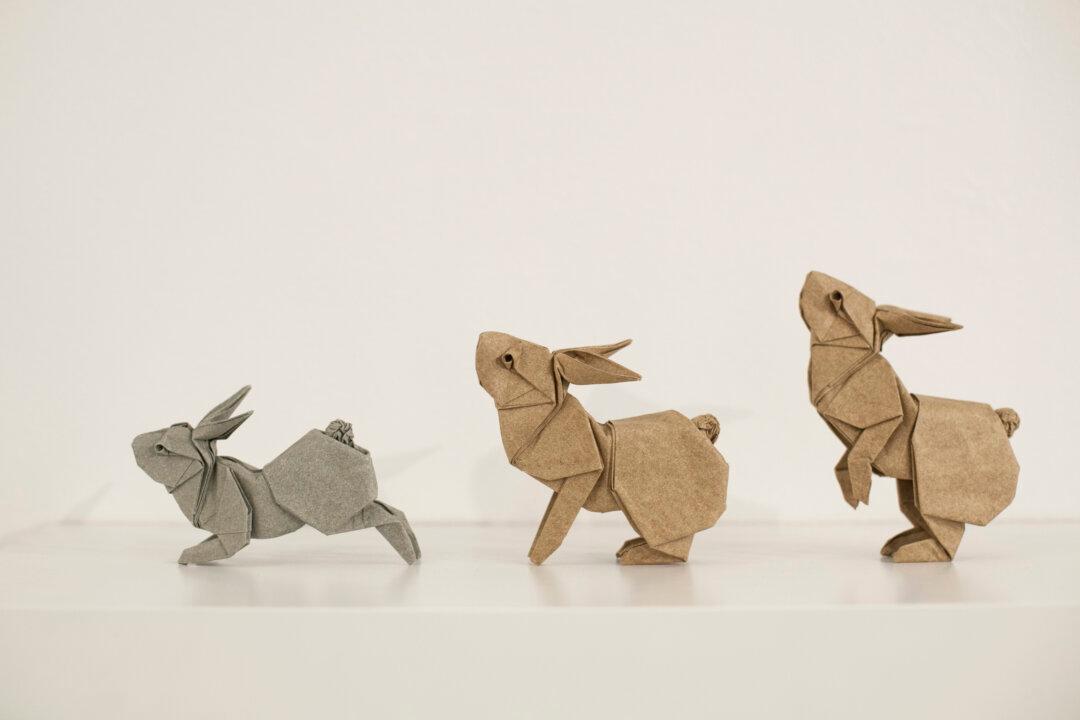Origami is the ancient Japanese art of paper folding. One uncut square of paper can, in the hands of an origami artist, be folded into a bird, a frog, a sailboat, or a Japanese samurai helmet beetle. Origami can be extraordinarily complicated and intricate.
The art of origami has been going through a renaissance over the past 30 years, with new designs being created at ever-increasing levels of complexity. It’s no coincidence that this rise in origami complexity has emerged at the same time scientists, mathematicians and origami artists themselves have been discovering more and more of the mathematical rules that govern how paper folding works.

A mathematical simulation of a single vertex folding, with its projection onto a sphere. Tom Hull

